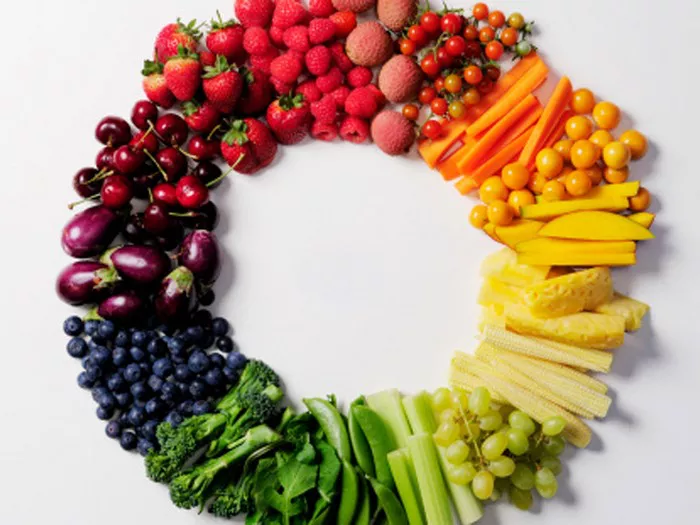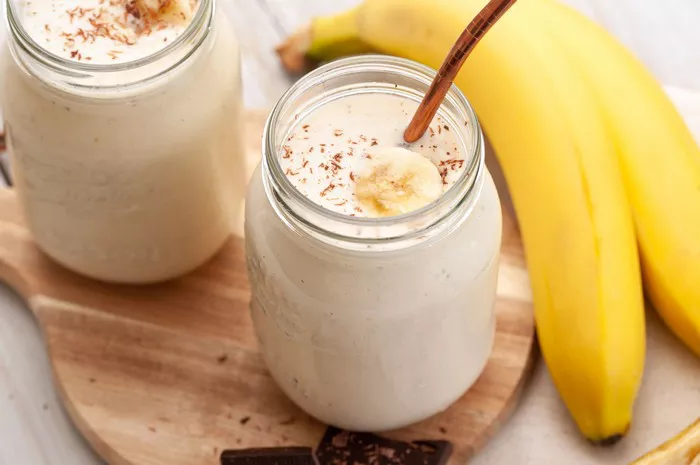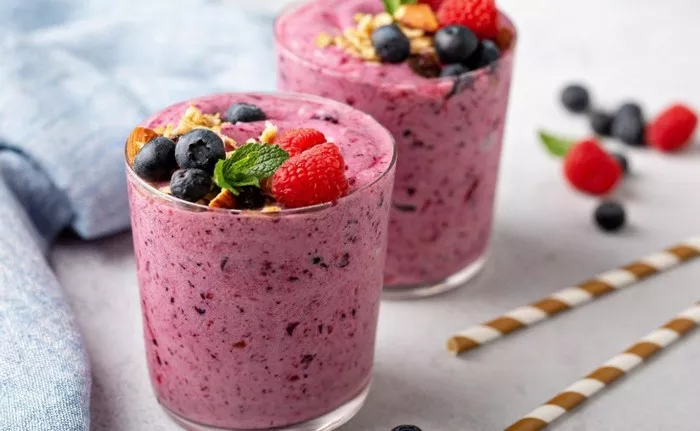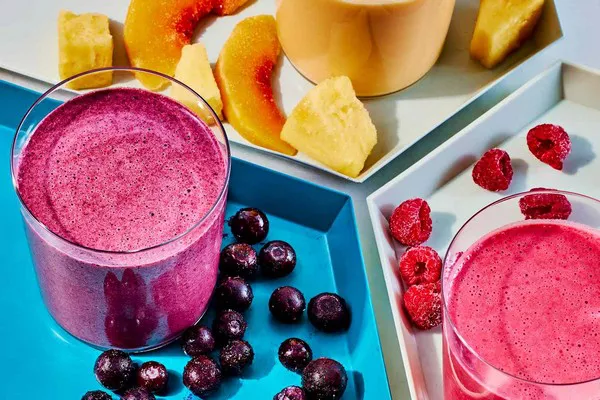Breakfast is often called the most important meal of the day. It kickstarts your metabolism and provides the energy needed to tackle your day. If you’re trying to lose weight, choosing the right breakfast can make a big difference. In this article, we will explore the best breakfast options for weight loss, why they work, and how you can incorporate them into your diet.
The Importance of Breakfast for Weight Loss
Eating breakfast can be beneficial for several reasons:
Boosts Metabolism: When you eat breakfast, your body wakes up and begins to burn calories. This is called thermogenesis. Skipping breakfast can slow down your metabolism.
Reduces Hunger: A healthy breakfast can help control hunger throughout the day. It can reduce the chances of overeating at lunch and dinner.
Improves Focus: A nutritious breakfast can improve concentration and performance at work or school. It helps provide the necessary fuel for your brain.
Supports Healthy Choices: Eating a balanced breakfast can set a positive tone for the day. It encourages healthier eating habits throughout the day.
SEE ALSO: What Protein Diet Is Good for Weight Loss?
What Makes a Breakfast Healthy for Weight Loss?
To maximize weight loss, your breakfast should include:
Protein: Helps you feel full and reduces cravings. It also supports muscle health.
Fiber: Keeps you satisfied longer. It aids digestion and can help regulate blood sugar levels.
Healthy Fats: These can help you feel full and satisfied.
Low in Added Sugars: High sugar content can lead to energy crashes and increased hunger.
Best Breakfast Foods for Weight Loss
1. Oatmeal
Why it’s good: Oatmeal is high in fiber and keeps you feeling full. It’s also low in calories.
How to prepare:
- Use rolled or steel-cut oats.
- Cook with water or unsweetened almond milk.
- Add toppings like fresh fruit, nuts, or a drizzle of honey for natural sweetness.
Portion: One serving of cooked oatmeal is about ½ cup.
2. Greek Yogurt
Why it’s good: Greek yogurt is packed with protein and probiotics, which support gut health. It helps you feel satisfied.
How to prepare:
- Choose plain Greek yogurt to avoid added sugars.
- Add fruits, seeds, or nuts for added flavor and nutrients.
Portion: Aim for about 1 cup of Greek yogurt.
3. Eggs
Why it’s good: Eggs are an excellent source of protein and healthy fats. They also contain essential vitamins and minerals.
How to prepare:
- Boil, scramble, or poach eggs for a nutritious meal.
- Pair them with vegetables like spinach or tomatoes for added nutrients.
Portion: One or two eggs are sufficient.
4. Smoothies
Why it’s good: Smoothies can be a quick and nutrient-dense breakfast. You can include various ingredients to boost fiber and protein.
How to prepare:
- Start with a base like spinach or kale.
- Add a protein source, such as Greek yogurt or protein powder.
- Include fruits like berries or bananas and a healthy fat source like nut butter or avocado.
Portion: Aim for 1-2 cups.
5. Whole Grain Toast
Why it’s good: Whole grain bread provides fiber and complex carbohydrates. It can help keep you full longer.
How to prepare:
- Toast a slice of whole grain bread.
- Top with avocado, nut butter, or cottage cheese for added nutrients.
Portion: One slice is sufficient.
6. Chia Seed Pudding
Why it’s good: Chia seeds are high in fiber and omega-3 fatty acids. They can help keep you full and satisfied.
How to prepare:
- Mix chia seeds with almond milk or coconut milk.
- Let it sit overnight in the fridge.
- Top with fresh fruit or nuts in the morning.
Portion: One serving is about ¼ cup of chia seeds mixed with 1 cup of liquid.
7. Quinoa Bowl
Why it’s good: Quinoa is a complete protein and is rich in fiber. It’s also gluten-free and packed with nutrients.
How to prepare:
- Cook quinoa in water or broth.
- Add vegetables, beans, or eggs for a nutritious bowl.
Portion: Aim for 1 cup of cooked quinoa.
8. Cottage Cheese
Why it’s good: Cottage cheese is high in protein and low in fat. It can keep you feeling full and help with muscle recovery.
How to prepare:
- Enjoy plain or add fruits, nuts, or honey for flavor.
Portion: One cup of cottage cheese is a good serving.
9. Nut Butter
Why it’s good: Nut butters are rich in healthy fats and protein. They can help control hunger and keep you satisfied.
How to prepare:
- Spread almond or peanut butter on whole grain toast or mix into smoothies.
Portion: Two tablespoons is a standard serving.
10. Fruits and Vegetables
Why they’re good: Fruits and vegetables are low in calories and high in fiber. They add nutrients and volume to your breakfast.
How to prepare:
- Add fruits like berries, apples, or bananas to yogurt or oatmeal.
- Include vegetables like spinach, peppers, or mushrooms in omelets or smoothies.
Portion: Aim for at least one serving of fruit or vegetables at breakfast.
Sample Breakfast Ideas for Weight Loss
1. Oatmeal with Berries and Almonds
- ½ cup of cooked oatmeal
- ½ cup of mixed berries
- A sprinkle of almonds
2. Greek Yogurt Parfait
- 1 cup of plain Greek yogurt
- ½ cup of granola
- ½ cup of sliced fruit (like banana or strawberries)
3. Veggie Omelet
- 2 eggs
- ½ cup of spinach
- ¼ cup of diced tomatoes
- 1 ounce of feta cheese
4. Chia Seed Pudding with Mango
- ¼ cup of chia seeds mixed with 1 cup of almond milk
- Topped with diced mango
5. Smoothie Bowl
- 1 cup of spinach
- ½ banana
- ½ cup of Greek yogurt
- Topped with sliced fruit and nuts
Tips for a Successful Breakfast for Weight Loss
Plan Ahead: Prepare your breakfast the night before. This can save time and help you stick to your healthy eating goals.
Stay Hydrated: Drink water in the morning to help kickstart your metabolism and keep you hydrated.
Mind Portions: Be mindful of portion sizes. Even healthy foods can contribute to weight gain if eaten in large amounts.
Limit Sugary Foods: Avoid breakfast foods high in added sugars, such as sugary cereals or pastries. They can lead to energy crashes and increased hunger.
Be Consistent: Try to eat breakfast every day. Consistency is key for maintaining a healthy lifestyle.
Common Breakfast Mistakes to Avoid
1. Skipping Breakfast
Skipping breakfast can lead to increased hunger later in the day. This may cause you to overeat at lunch or snack on unhealthy foods.
2. Choosing Processed Foods
Many convenience breakfast foods are high in sugar and low in nutrients. Opt for whole, minimally processed foods instead.
3. Not Including Protein
Breakfasts that lack protein can lead to increased hunger and cravings. Always try to include a protein source in your meal.
4. Ignoring Healthy Fats
Healthy fats are important for satiety and overall health. Don’t be afraid to include sources like nuts or avocados in your breakfast.
5. Relying on Liquid Calories
Many breakfast smoothies or juices can be high in calories and sugar. Focus on whole foods and balance your meals with fiber and protein.
Conclusion
Choosing the right breakfast is essential for weight loss. Incorporating high-fiber, high-protein foods while limiting sugars can help you stay satisfied and energized throughout the day. By planning ahead and being mindful of your choices, you can create healthy breakfast habits that support your weight loss goals. Start your day off right with nutritious options that keep you feeling full and focused, setting a positive tone for the rest of your meals.
Related topics:























